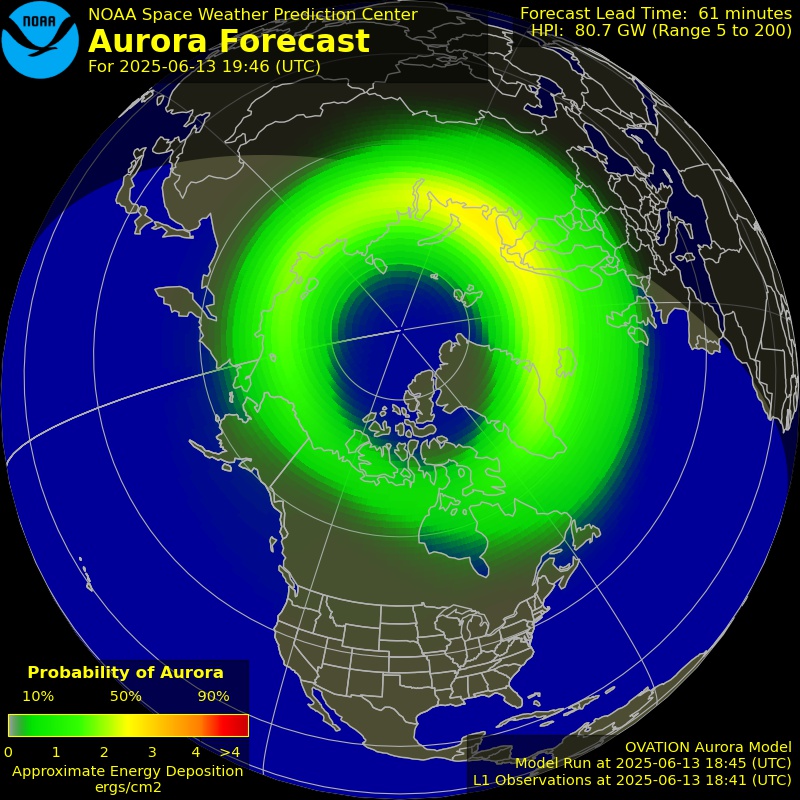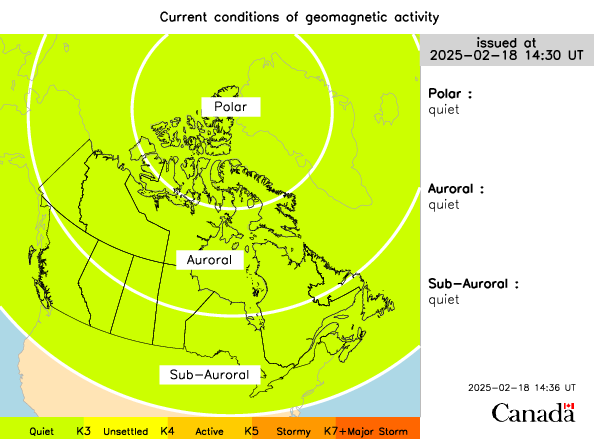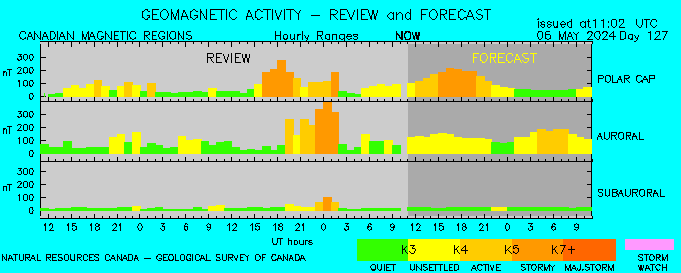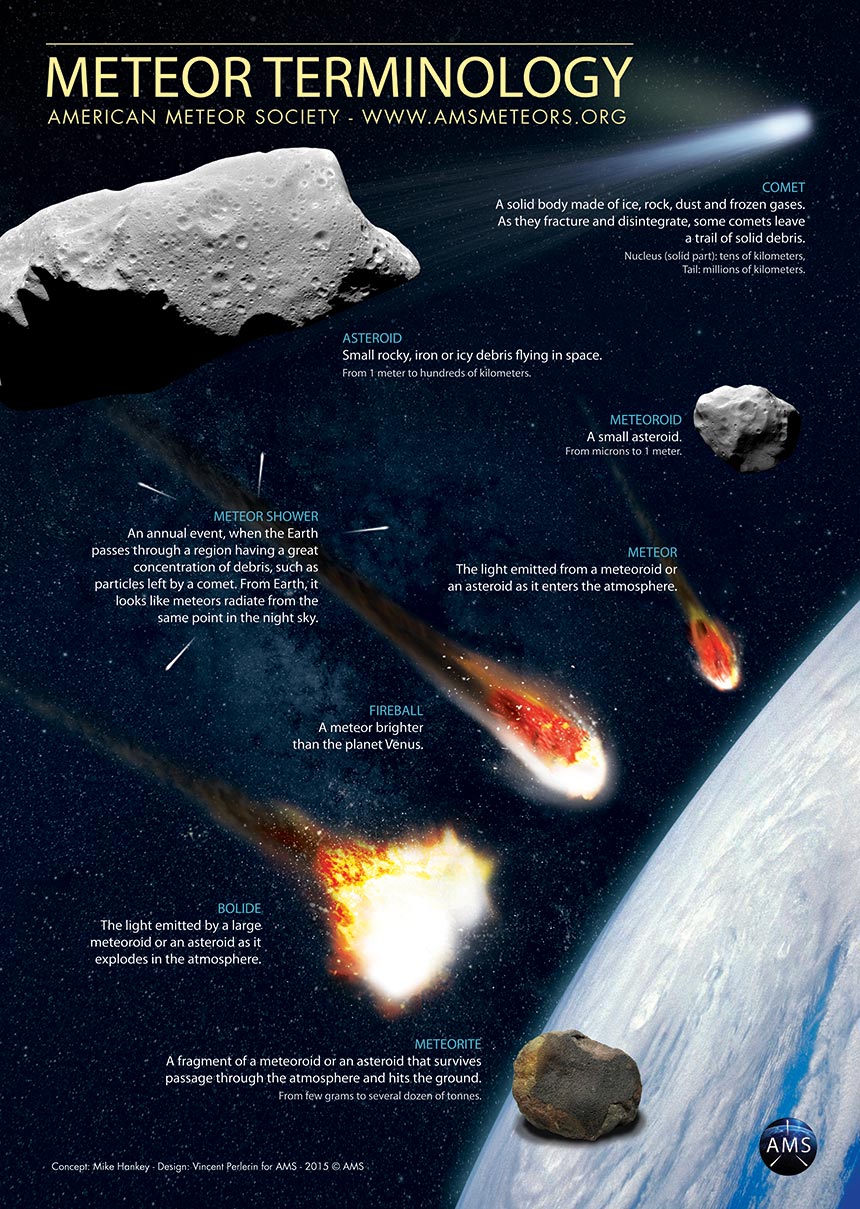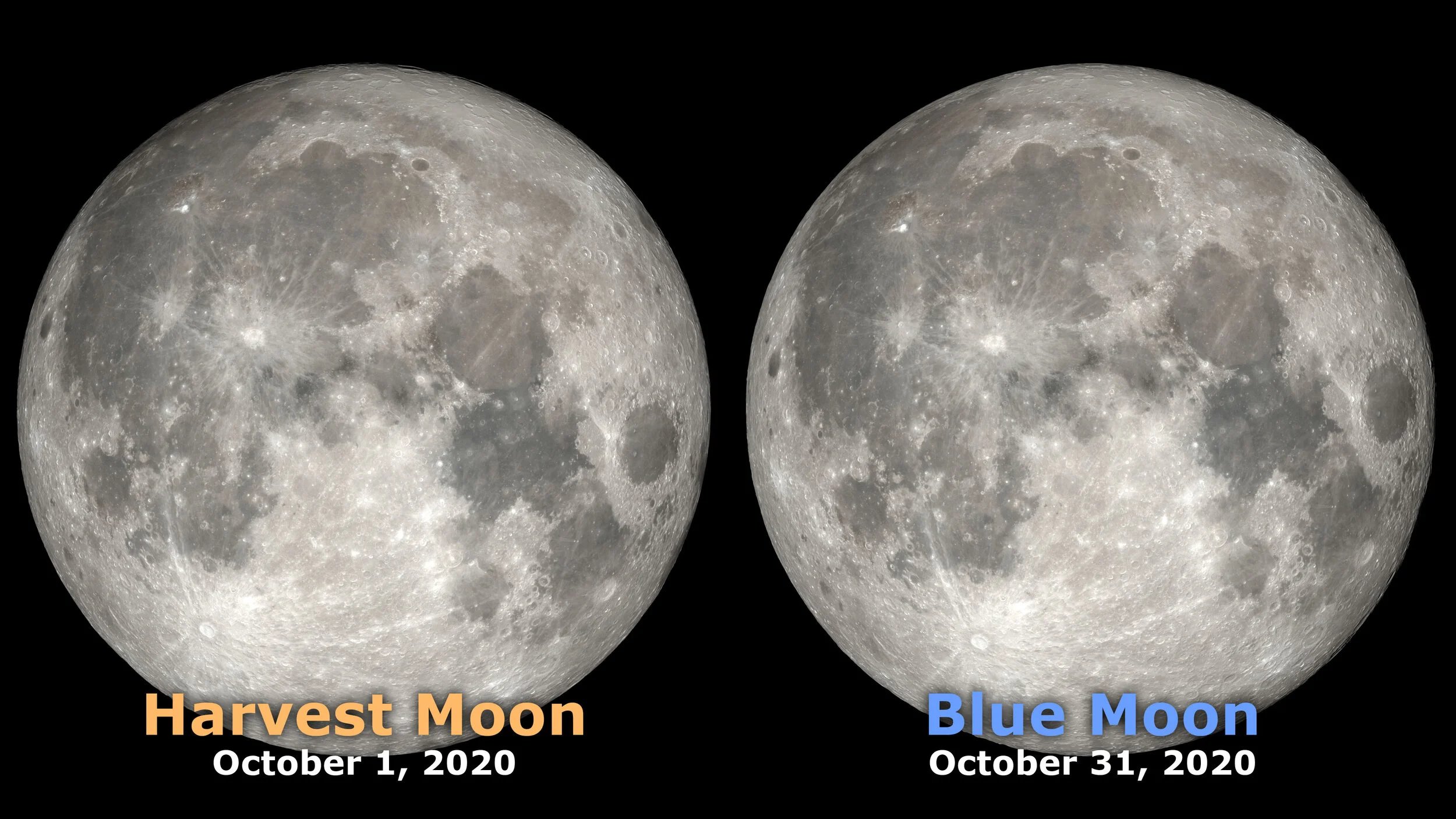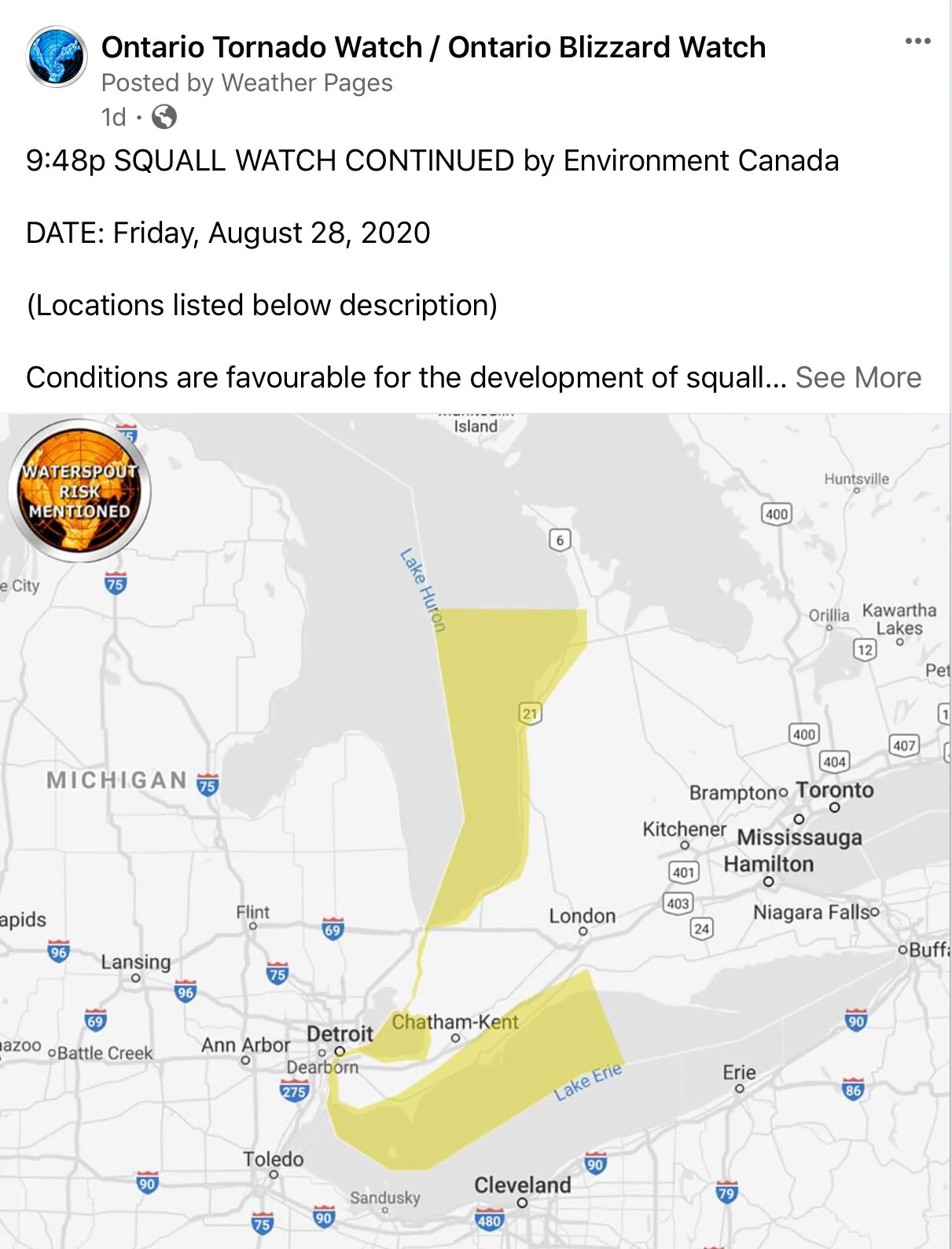Will There Be a "Christmas Star" in 2020?
/Credits: NASA/JPL-Caltech
Jupiter and Saturn will be in great conjunction on the Winter Solstice this year but will they actually be close enough to appear to be one star?
If you have been watching Jupiter and Saturn these past weeks you will notice that they are getting closer to each other in the sky. When they reach their closest approach on December 21 they will be 6 minutes of arc apart or one fifth the diameter of the Moon. The Moon has an angular diameter of about 30 minutes of arc.
What will you see? Will it be two objects very close to each other or one “Christmas star”? It will depend in part on your eyesight and how clear it is on that night.
Some people with good eyesight can see Venus as a crescent when it is in that phase and Venus is smaller (about 1 minute of arc) than the distance that will be separating Jupiter and Saturn. You may also notice that on nights when it isn’t perfectly clear the “seeing” can make objects appear larger than they really are due to a blurring effect.
Jupiter and Saturn have not been observed to be this close to one another in the night sky since 1226. They were very close in 1623 but this conjunction was likely not visible to the naked eye.
Regardless of whether or not people see one star-like object on December 21 it is a very special event and we hope that everyone has clear skies so that they can witness it. Even if it isn’t going to be clear that night, be sure to look for them in the days before and leading up to December 21.
On December 21 about 1 hour after sunset find a place such as a park or field if you are in the city that has an unobstructed view of the southwest sky. If you have a pair of binoculars bring them with you as Jupiter’s 4 largest moons will also be visible.
Here’s hoping you’re able to see it! Let us know!
References and further reading:
https://www.nasa.gov/feature/the-great-conjunction-of-jupiter-and-saturn
https://earthsky.org/human-world/was-the-christmas-star-real
https://www.skyatnightmagazine.com/advice/skills/great-conjunction-jupiter-saturn/
Watch it live:
https://www.space.com/17933-nasa-television-webcasts-live-space-tv.html





